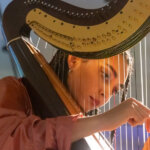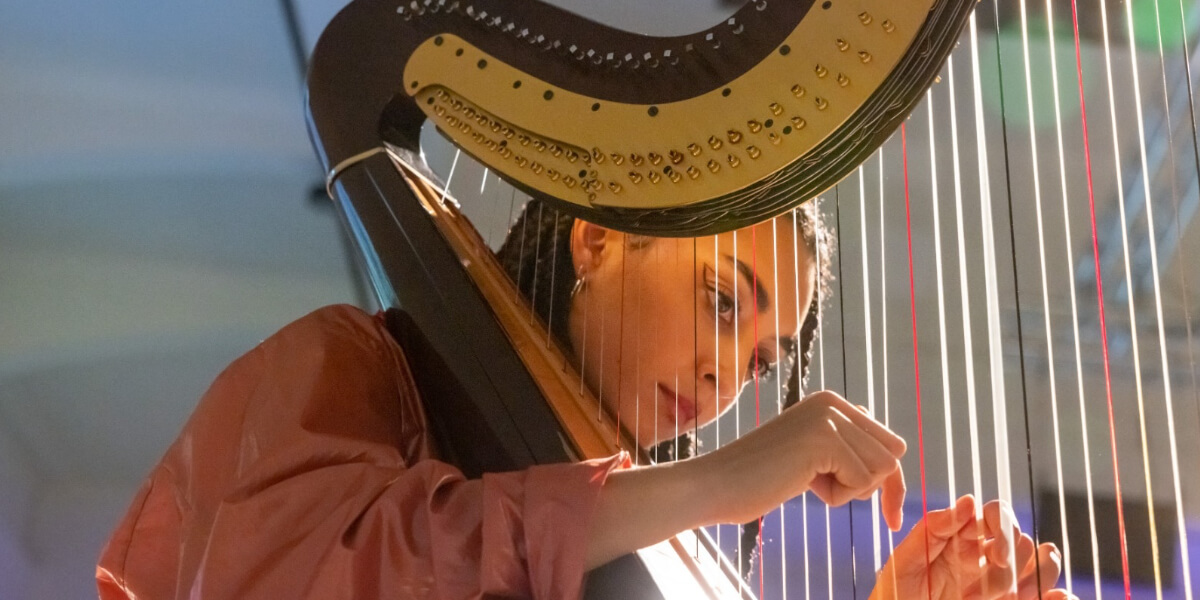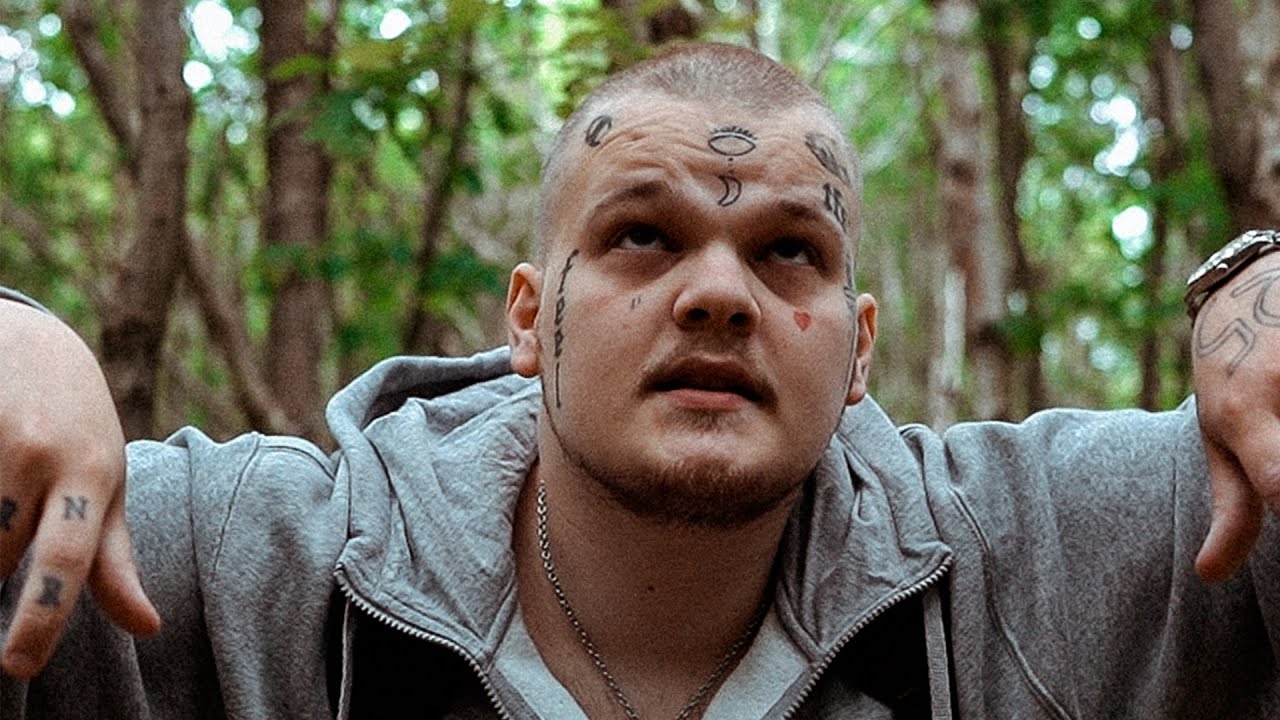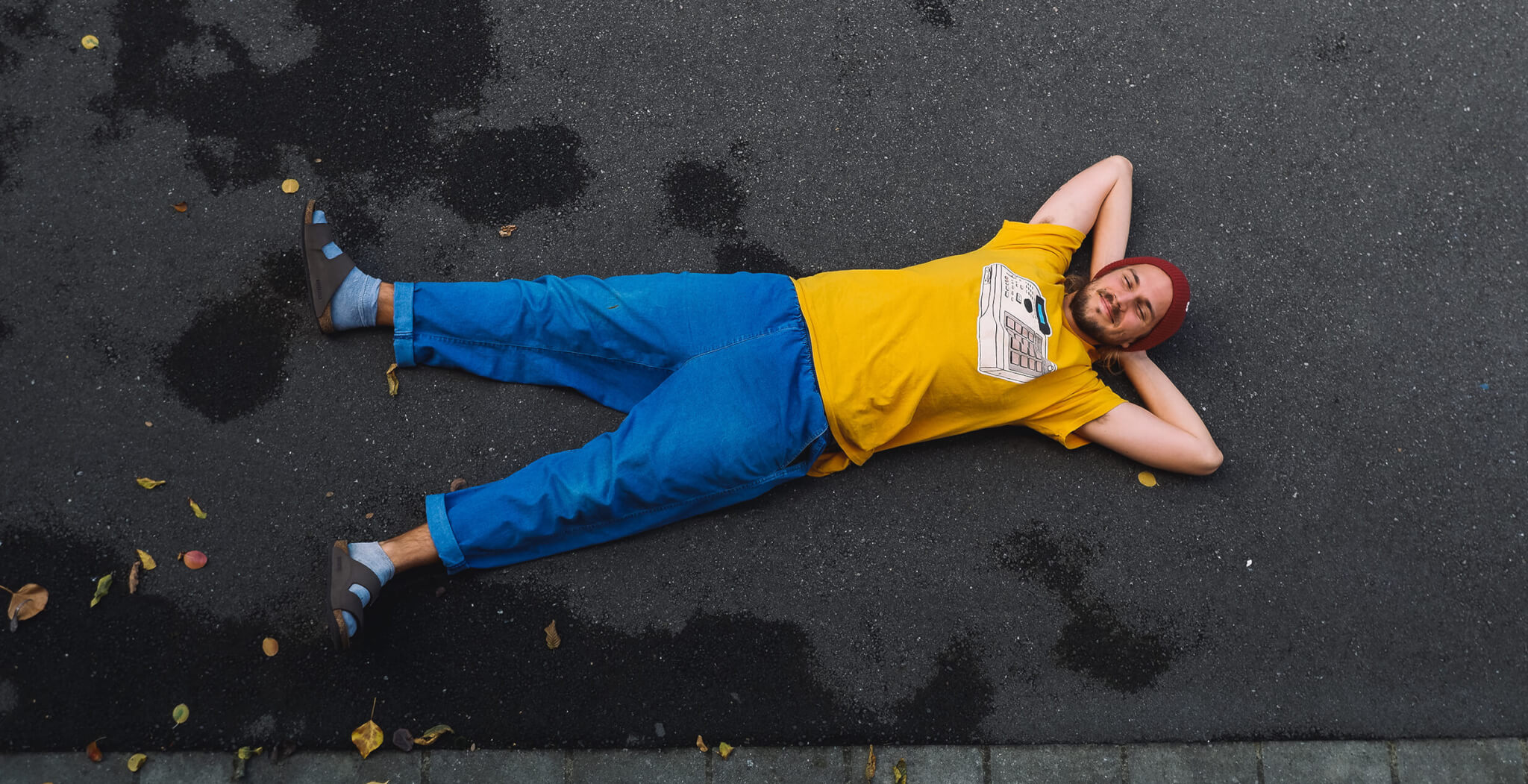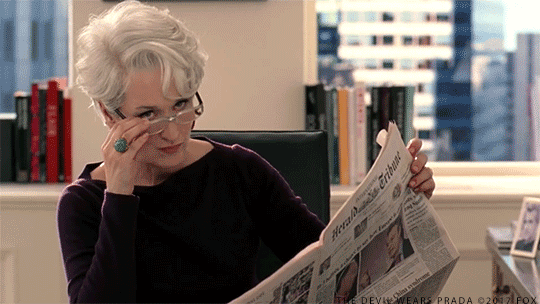Lately, it doesn’t matter if I’m in a third-wave Berlin coffee shop, a vinyl bar in Kreuzberg, or just doomscrolling through life advice TikTok – somewhere in the background, a meditative swirl of jazz, harp, and cosmic flute drifts through the room. What used to signal an eccentric record collector seems to have crossed into everyday urban life.
When André 3000 announced his vaunted solo album back in 2023, it was far from what his fans and the world had expected – and probably wished for. Instead of complex rhyme schemes and figurative lyrics, we got flute-led instrumentals, a fleeting yet grounding, transcendent sonic journey. Certainly, he neither invented nor reinvented the exploration of spirituality in improvised music. But being the influential musician that he is, it speaks to the relevance and seeming necessity of a genre that has been slowly resurrected or reimagined in recent years: spiritual jazz.
But what exactly is spiritual jazz today? The genre’s origins are rooted in the 1960s, closely associated with pioneering names such as John Coltrane, Alice Coltrane, and Pharoah Sanders. These artists not only pushed the boundaries of traditional jazz by incorporating global musical influences but also used it as a response to conventional, authoritarian social structures. The era was marked by significant political upheaval, including the Vietnam War and the peak of the civil rights struggle, which culminated in events such as the Watts (1965) and Detroit (1967) riots and the assassination of Dr. Martin Luther King Jr. (1968). These upheavals created a political and social climate that fueled a quest for new political, social, religious, and musical ideas. As we revisit and reinterpret their legacy, the question arises: Do we still hear its spirit, or just its aesthetic?
John Coltrane’s seminal album, A Love Supreme, is often cited as the catalyst for spiritual jazz. This album marked a significant spark in the creation of the genre and influenced a movement that sought transcendence through music. Alice Coltrane continued to push the genre’s boundaries after her husband John’s death, recording albums that fused traditional jazz with spiritual exploration. That she was overlooked in her time is no secret. She was generally perceived as merely the wife of one of jazz’s most prominent musicians, not as the musical genius she was, despite, or rather because, a female bandleader was a total exception at the time. Her work embodies the essence of spiritual jazz – not as a genre, but as an expression of an inner attitude. This attitude manifested itself in various forms, including free jazz, avant-garde jazz, and modal jazz, which merged into a unique and deeply personal soundscape.
Another under-recognized figure in jazz history is Yusef Lateef, who fuses hard bop, gospel, and blues with instruments and compositional techniques from around the world, particularly the Middle East and North Africa. On The Plum Blossom from Eastern Sounds, he plays the xun, an avocado-shaped clay flute from China that has been used for over seven-thousand years.
Spiritual jazz reached its peak in the early 1970s, with labels such as Strata-East and Muse devoting large sections of their catalogues to the style. By this time, many big and small names in jazz were dipping their toes into the sounds of spiritual jazz, too many to name (so please don’t hate me if I don’t mention your favorite). Yet, as quickly as it rose, the genre seemed to fade, often sidelined under the problematic and somewhat diluted category of “world music.”
Fast forward to today, and spiritual jazz is experiencing a revival. But is this revival a genuine evolution of the genre, or just a hipster rebranding? It’s for me to decide whether Alice Coltrane would be happy to see her harp and piano scapes now soundtracking the slow-brewed pour-over at your latest favorite coffee shop. And I cannot tell if Pharoah Sanders had any say in Supreme printing his face on a T-shirt.
But it can be argued that somewhere along the line the genre became detached from its radical roots and is now used as proof of sophistication, and tasered by white thirty-somethings sipping natural wine (note to self). There’s a risk of the genre being co-opted and commodified, losing its original spirit in the process.
But thankfully, the contemporary scene is vibrant, with artists continuing the tradition of meditative and exploratory sounds. Musicians who continually blend jazz elements, traditional ethnic influences, and in some cases elements of electronic music to create a sound that is both rooted in history and forward-looking. And they stretch their arms beyond jazz purists, transcending genres and disciplines. Take Nala Sinephro: The multi-instrumentalist blends her ethereal harp sounds with eclectic synths, waves of sound crashing and receding. Both her brilliant debut album Space 1.8 and the latest follow-up Endlessness are the only right way to linger on any rainy Sunday morning.
Shabaka’s album Perceive Its Beauty, Acknowledge Its Grace features genre-bending vocalist Moses Sumney, electronic music producer Floating Points (who himself created a masterpiece of a record with legend Pharoah Sanders in 2021), and spoken word by Saul Williams. Kamasi Washington released his spiritual jazz tribute The Epic shortly after appearing on Kendrick Lamar’s epochal To Pimp a Butterfly. Flur is the newest example. The London Trio just released their Debut Album, and due to its instrumentation, which includes a harp, quickly brings to mind Alice Coltrane. That being too simple a comparison, they do share a meditative and transcendent mood. And last but not least, André 3000 – who some (including himself) don’t think qualifies as a jazz musician. But he’s certainly been paying attention to what’s going on in the scene.
Spirituality in jazz is highly individual and constantly evolving. It is not a linear or stagnant concept, but one that reflects the personal journeys of the artists. The term ‘spiritual jazz’ as used in this article is not intended to define spirituality in its entirety, but to explore how it influences and enriches the music. Likely, none of the artists mentioned above claim to be spiritual jazz artists, nor can their music be pigeonhole into that genre. However, they clearly refer to and create certain soundscapes, emphasizing the search for meaning and self-reflection. They invite the listener to engage with the music on a deeper, more emotional level, and to explore their own spiritual journeys through sound.








